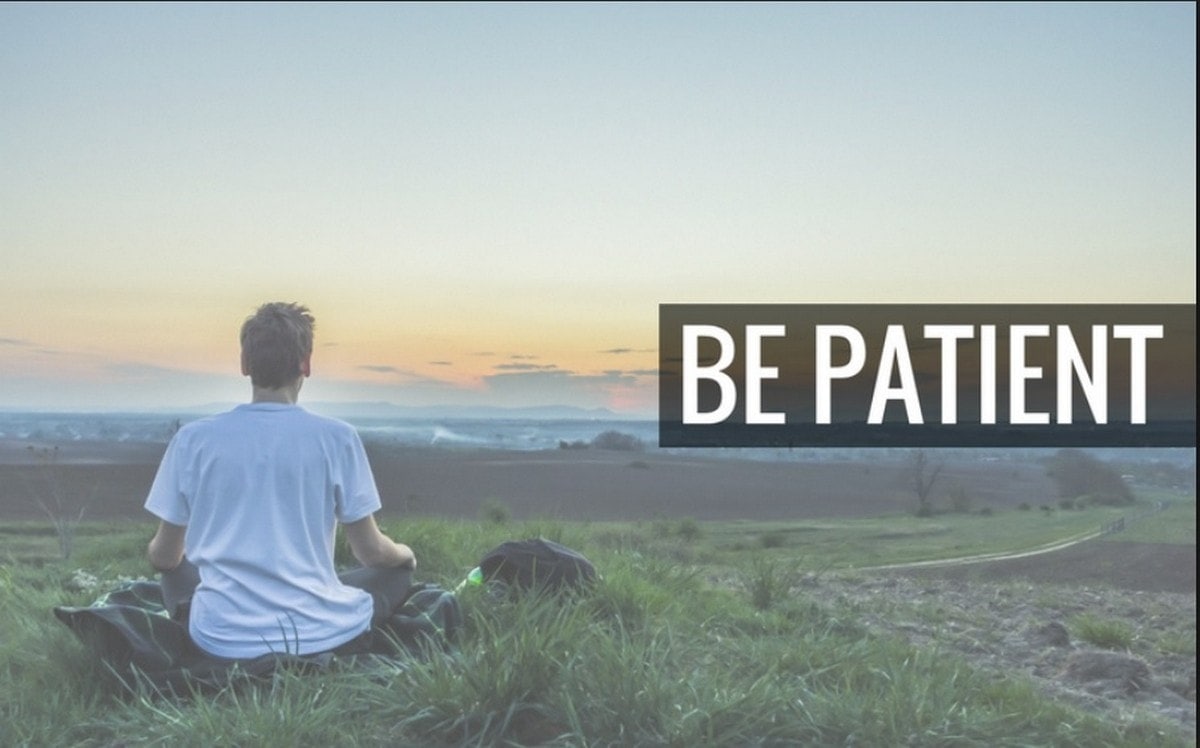Body dysmorphic disorder (BDD) is a mental health condition that causes people to have a distorted view of their appearance. They may see themselves as being ugly or fat, even when they are not. This can cause a lot of emotional distress and lead to problems with social and occupational functioning. If you know someone who is struggling with BDD, there are ways that you can help them. In this blog post, we will discuss some of the best ways for helping someone with body dysmorphic disorder.
Contents
- 1 What Is Body Dysmorphic Disorder?
- 2 What Does “Helping Someone with Body Dysmorphic Disorder” Mean?
- 3 How to Help Someone with Body Dysmorphic Disorder?
- 4 Tips To Keep In Mind While Helping Someone With Body Dysmorphic Disorder
- 5 Benefits of Helping Someone With Body Dysmorphic Disorder
- 6 Conclusion
- 7 A Word From Therapy Mantra
What Is Body Dysmorphic Disorder?
 Body dysmorphic disorder (BDD) is a mental health condition where a person spends a lot of time worrying about their appearance and how they look to others. People with BDD can dislike all of their features or just one specific area. For example, they may focus on their skin, hair, nose, chest, or stomach.
Body dysmorphic disorder (BDD) is a mental health condition where a person spends a lot of time worrying about their appearance and how they look to others. People with BDD can dislike all of their features or just one specific area. For example, they may focus on their skin, hair, nose, chest, or stomach.
The main symptom of BDD is feeling very self-conscious and ashamed about your appearance. This can lead to avoidance behaviors, such as:
-Not going out in public
-Wearing baggy clothes to cover up your body
-Only going out at night when it’s dark
-Avoiding social activities and events
-Missing work or school
Body dysmorphic disorder can have a big impact on your quality of life. It can cause severe emotional distress and interfere with your daily activities. BDD can also lead to depression, anxiety, and even suicide. If you think you might have BDD, it’s important to get help from a mental health professional.
What Does “Helping Someone with Body Dysmorphic Disorder” Mean?
 Helping someone with BDD can mean different things, depending on the person’s needs. In general, it includes providing support and understanding, as well as helping the person get treatment.
Helping someone with BDD can mean different things, depending on the person’s needs. In general, it includes providing support and understanding, as well as helping the person get treatment.
Helping someone also means knowing when to step back. It’s important to respect the person’s privacy and space and not push them to do anything they’re not comfortable with. Sometimes there are also limits to what you can do, and it’s important, to be honest about that.
How to Help Someone with Body Dysmorphic Disorder?

Helping someone with Body Dysmorphic Disorder can be difficult. The person may not want to talk about their disorder or may not believe they have a problem. It is important to be patient and understand that the person is suffering from a real condition that needs treatment.
There are a few things you can do to help someone with Body Dysmorphic Disorder:
Listen To Them Peacefully
Listening to someone with BDD can be difficult. They may talk about their appearance for a long time or in great detail. It is important to be patient and listen calmly. Try to avoid interrupting or changing the subject. There are also many helpful listening techniques, such as active listening and reflective listening. When you are listening to someone with BDD, it is also important to be respectful and non-judgmental.
Encourage Them To Seek Treatment
If you think someone you know has BDD, you can encourage them to seek treatment. This may include going to see a mental health professional or joining a support group. It is important to offer your help and support but ultimately, the decision to seek treatment is up to the person suffering from BDD. There may be many reasons why someone does not want to seek treatment, such as feeling ashamed or embarrassed. It is important to respect the person’s decision and not force them into treatment.
Provide Emotional Support
Emotional support can be incredibly helpful for someone with BDD. This may include offering words of encouragement, lending a listening ear, or simply being there for the person. You can also help by providing practical support, such as helping them make doctor’s appointments or going with them to therapy sessions. It is important to offer your help in whatever way the person feels comfortable. It also makes a big difference to simply be aware of the person’s condition and to offer your support.
Educate Yourself About The Disorder
If you want to help someone with BDD, it’s important to educate yourself about the disorder. This will help you understand what the person is going through and how best to support them. There are many resources available online and in libraries. Books, articles, and websites can all help learn more about BDD. You can also talk to a mental health professional to get more information about the disorder.
Find A Support Group
If you are struggling to cope with someone’s BDD, you may want to find a support group for caregivers of people with mental illness. This can provide you with much-needed support and understanding. It can also be helpful to talk to other people who are going through similar experiences. Support groups are often available through mental health organizations or online. There are also many helpful online forums for caregivers of people with BDD.
Make Them Feel Loved
It is important to make the person feel loved and accepted, despite their appearance. This can be a difficult task, but it is important to remember that the person is suffering from a real condition. Compliments and positive reinforcement can help boost a person’s self-esteem. It is also important to avoid making comments about the person’s appearance, as this can worsen their symptoms.
Give Them Space
It is also important to give the person space when they need it. This may mean giving them time alone or not bringing up the subject of their appearance. It is important to respect the person’s wishes and not try to force them to talk about their disorder. There are also many helpful resources available for people who want to learn more about BDD. These can be found online or in libraries.
Offer Practical Help
Practical help can be very helpful for someone with BDD. This may include helping them make doctor’s appointments, going with them to therapy sessions, or helping them with day-to-day tasks. It is important to offer your help in whatever way the person feels comfortable. It also makes a big difference to simply be aware of the person’s condition and to offer your support.
These are some of the ways you can help someone with BDD. It is important to remember that the decision to seek treatment is up to the person suffering from BDD. You can offer your support and encouragement but ultimately, it is up to them to decide what course of action to take.
Tips To Keep In Mind While Helping Someone With Body Dysmorphic Disorder

There are many tips to keep in mind while helping someone with Body Dysmorphic Disorder (BDD). Here are some things to remember:
-Be patient and understand that this is a very real disorder for the person you are trying to help.
-Do not try to convince them that their appearance does not matter, or that they are “being ridiculous.”
-Try to avoid talking about appearance altogether if possible.
-Focus on their positive qualities and encourage them to do things they enjoy.
-Encourage them to seek professional help if they are struggling.
Above all, be supportive and understanding. Remember that BDD is a serious mental illness, and the person you are helping is likely going through a lot of pain. Be there for them, and help them get the professional help they need.
Benefits of Helping Someone With Body Dysmorphic Disorder
There are many benefits of helping someone with body dysmorphic disorder. These benefits include:
-Helping the person to feel better about themselves.
-Helping the person to cope with their condition.
-Also, Helping the person to understand their condition.
-Helping the person to manage their condition.
– helping the person to get treatment for their condition. Treatment can help reduce symptoms and improve quality of life significantly.
– Helping others who may be affected by body dysmorphic disorder, such as family and friends. This can help reduce stress and anxiety levels for everyone involved.
These are some of the benefits of helping someone with body dysmorphic disorder. If you think you can help someone who suffers from this condition, please reach out and offer your support. It can make a world of difference in their lives.
Conclusion
Body dysmorphic disorder is a difficult thing to live with, but there are ways to manage it and get help. If you think someone you know may be suffering from BDD, the best thing you can do is talk to them about it. Let them know that you support and care about them, and offer to help them find resources or treatment options. Remember, body dysmorphic disorder is a mental illness, and like any other mental illness, it requires professional help to treat. With the right support, people with BDD can learn to manage their symptoms and lead happy healthy lives.
If this blog post was helpful to you, please consider sharing it on social media or on your website. Helping others understand body dysmorphic disorder can go a long way in making the world a more accepting place for those who live with it.
A Word From Therapy Mantra
Your mental health — Your psychological, emotional, and social well-being — has an impact on every aspect of your life. Positive mental health essentially allows you to effectively deal with life’s everyday challenges.
At TherapyMantra, we have a team of therapists who provide affordable online therapy to assist you with issues such as depression, anxiety, stress, workplace Issues, addiction, relationship, OCD, LGBTQ, and PTSD. You can book a free therapy or download our free OCD treatment app on Android or iOS.


